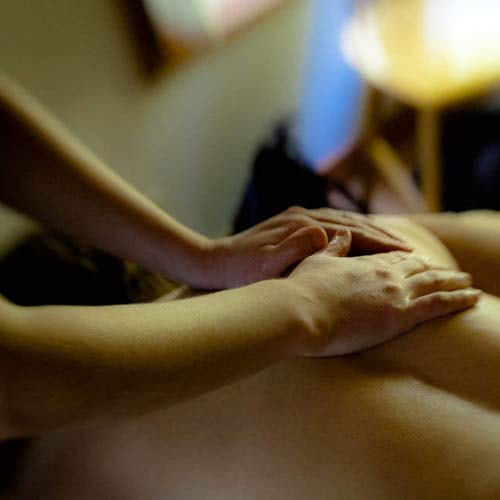HISTORY AND ORIGIN OF REIKI
It must first be understood that Reiki exists outside of any one person’s rediscovery. It is an acknowledgment of healing nature and how to introduce that healing nature to individuals. In fact, it is that healing nature that started Dr. Mikao Usui, a Japanese born Buddhist monk, on his quest to rediscover Reiki. It is said that one of his students asked him about the healing miracles of Jesus. Dr. Mikao Usui responded by fasting and meditated for 21 days and then spent almost a decade using his healing touch to the less privileged.
The torch has been passed on from student to student since Dr. Mikao Usui’s death in 1926. Most notably from Dr. Chujiro Hayashi who continued in the steps of Dr. Usui by opening a Reiki clinic which remained opened until 1940. Later, Mrs. Hawayo Takata, a Hawaiian born woman of Japanese decent learned from Dr. Chujiro and began to train Reiki masters in the west. By the time she passed in 1980 she had trained 22 Reiki masters.
WHERE DO THE TIBETANS COME IN?
If we follow the lineage of Reiki master to student, we last left off with Mrs. Takata. Mrs. Takata taught Irios Ishikuro. Ishikuro taught Arthur Robertson, the man who developed Raku Kai Reiki. This standardized the style of Reiki with four levels: Levels I, II, IIIa, and IIIb. These levels still exist in Usui Tibetan Reiki, but uses Tibetan symbols instead of just Japanese kanji. In the Tibetan Reiki system, the Tibetan Dai Ko Mio is thought to unify the mind and body. It supposedly works with fire in the base chakra by lighting the sacred flame—the Kundalini energy. This energy pulls negative energy and disease from your body & mind.

 RSS Feed
RSS Feed
